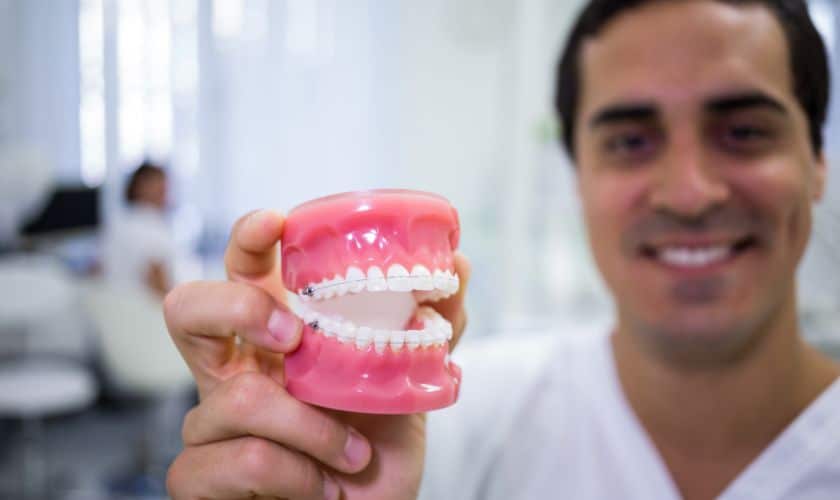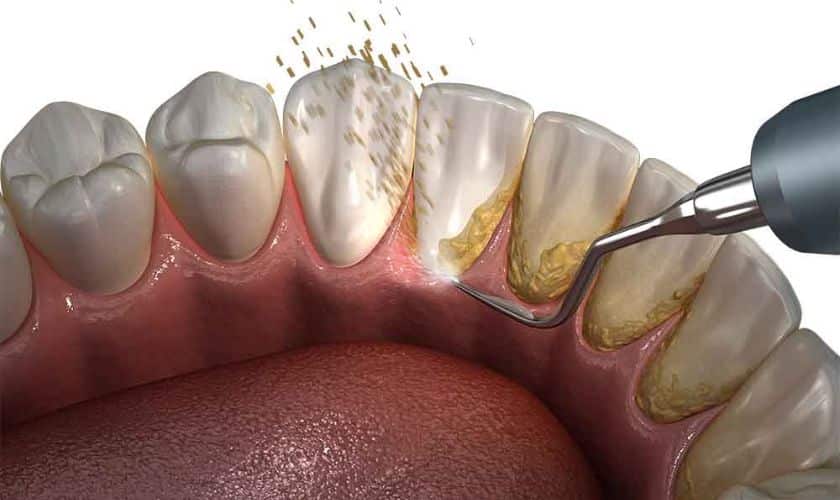
November 26, 2023
Dental implants have revolutionized oral restoration, offering a durable and natural-looking solution for individuals with missing teeth. As technology continues to advance, the field of dental implants is witnessing exciting innovations that enhance the effectiveness and convenience of this tooth replacement option.
Nanotechnology in Dental Implants
One of the most intriguing developments in dental implant technology is the integration of nanotechnology. Nanomaterials are being used to modify the surface of implants, promoting faster osseointegration—the process where the implant fuses with the jawbone. This innovation enhances stability and reduces the overall healing time for patients.
3D Printing for Precision
The application of 3D printing technology has significantly improved the precision of dental implant procedures. Dentists can now create customized implants that perfectly match the patient’s natural teeth. This level of precision enhances the aesthetics and functionality of the implant, providing a more seamless integration with the existing dental structure.
Smart Dental Implants
The era of smart technology has extended to dental implants, with the development of implants embedded with sensors and microchips. These smart implants can monitor and transmit data about bite force, chewing patterns, and overall oral health. This real-time information enables dentists to offer more personalized and proactive care, ensuring the longevity of the implant.
Immediate Load Implants
Traditional dental implant procedures involve a waiting period between implant placement and the attachment of prosthetic teeth. However, recent innovations in immediate load implants allow for the placement of a temporary crown or bridge on the same day as the implant surgery. This advancement not only reduces the overall treatment time but also provides patients with immediate aesthetic and functional benefits.
Laser Technology for Soft Tissue Management
Laser technology is making waves in the field of dental implantology, particularly in soft tissue management. Lasers are used for precise gum contouring and disinfection during implant procedures, minimizing discomfort and promoting faster healing. This innovation contributes to a more comfortable patient experience and improved long-term outcomes.
Conclusion
The landscape of dental implants is evolving rapidly, thanks to these groundbreaking innovations. From nanotechnology enhancing osseointegration to 3D printing enabling customized solutions, and the integration of smart technology for real-time monitoring, the future of dental implants looks promising. Immediate load implants and laser-assisted procedures further exemplify the commitment to enhancing patient experience and outcomes.
As dental professionals continue to embrace and integrate these innovations into their practices, patients can anticipate a more streamlined, efficient, and personalized dental implant experience. These advancements not only address current challenges in oral restoration but also pave the way for a future where dental implants become even more accessible and beneficial for a broader range of individuals.
Recent Posts

Top Benefits of Using a Sedation Dentist in the Portland Area

Missing Teeth? How Dental Implants Can Restore Your Smile

Oral Cancer and Dental Professionals: The Frontline of Defense

Fresh Breath Quest: Knowing When to Seek Dentist Help for Bad Breath

